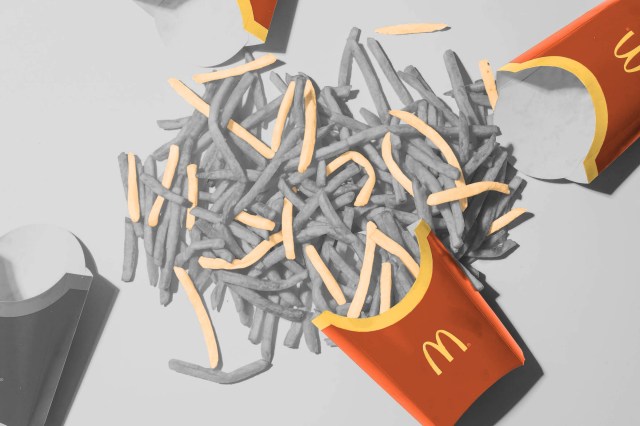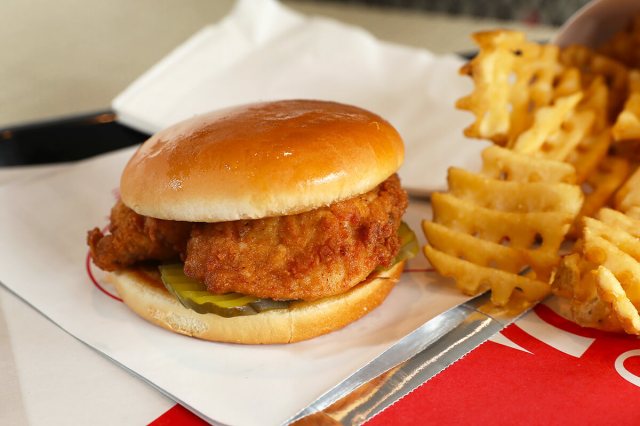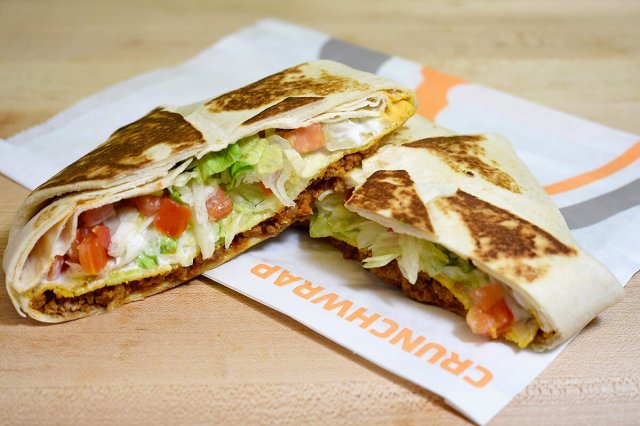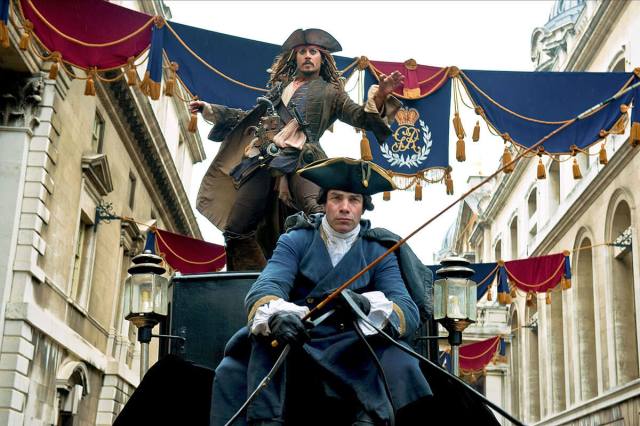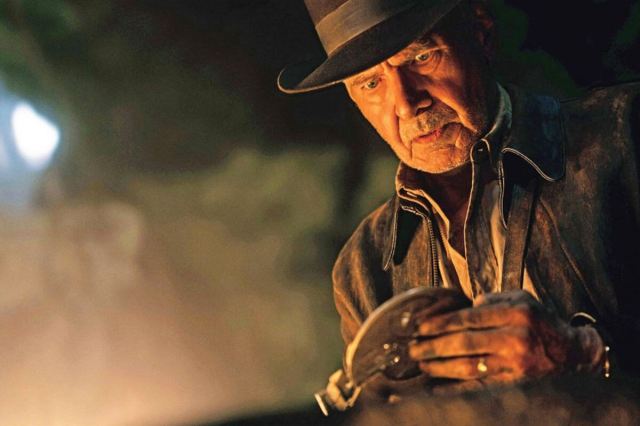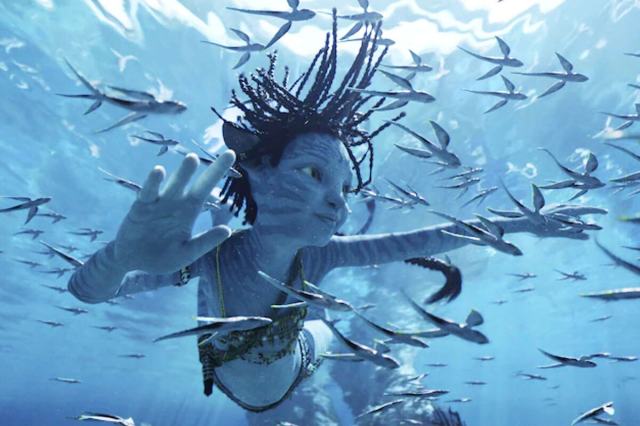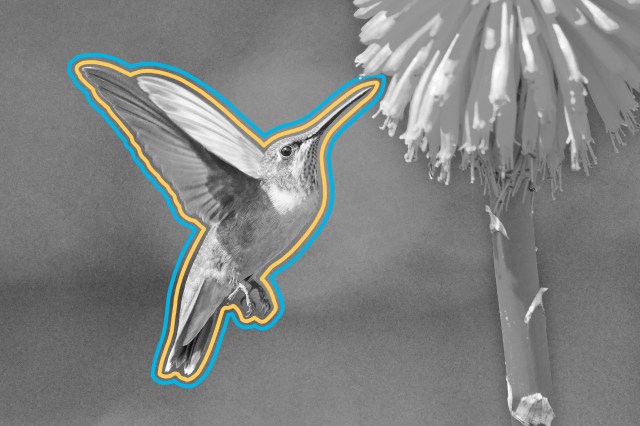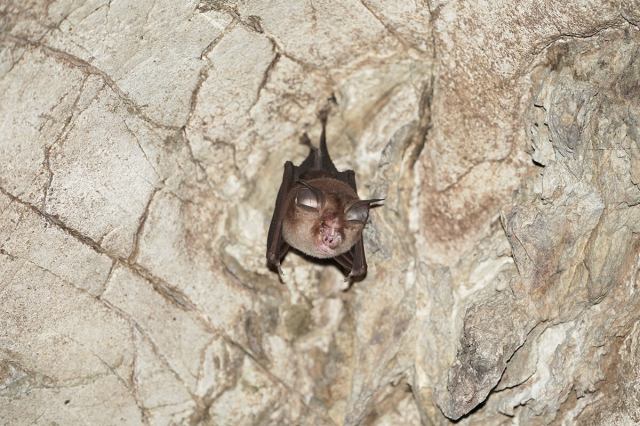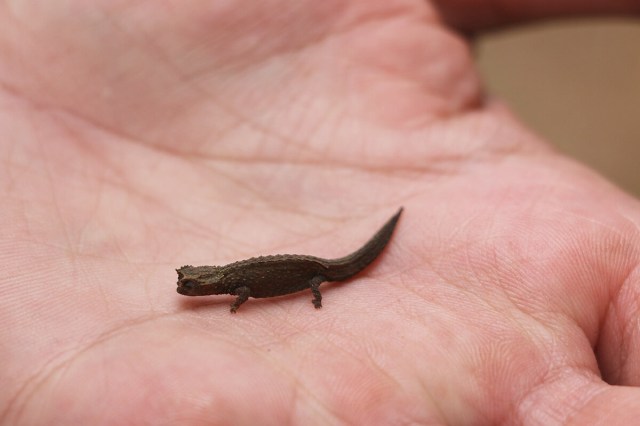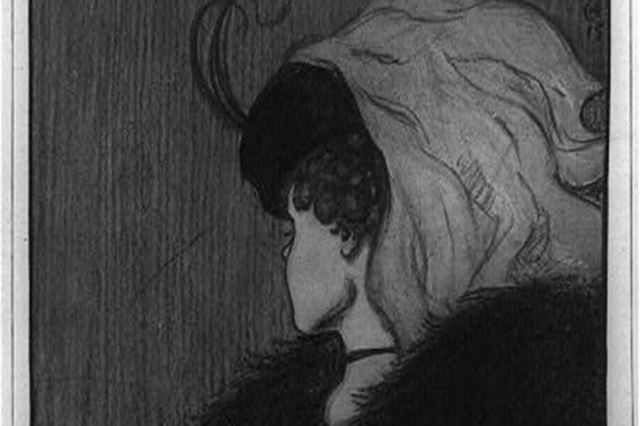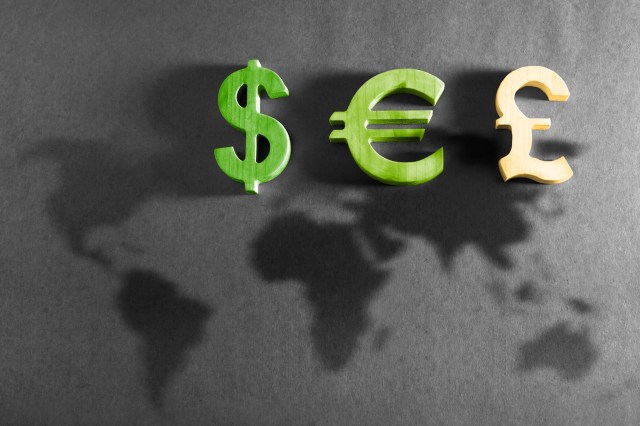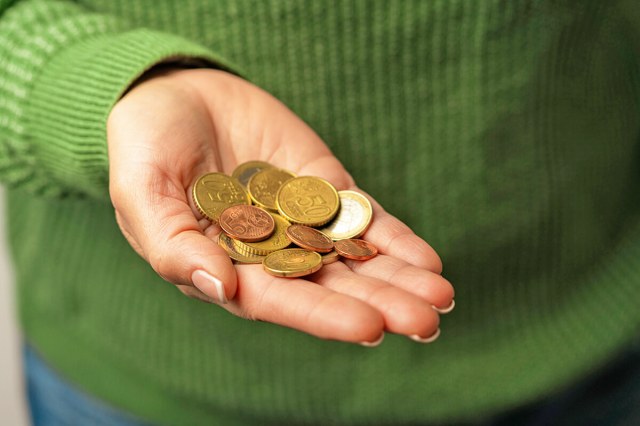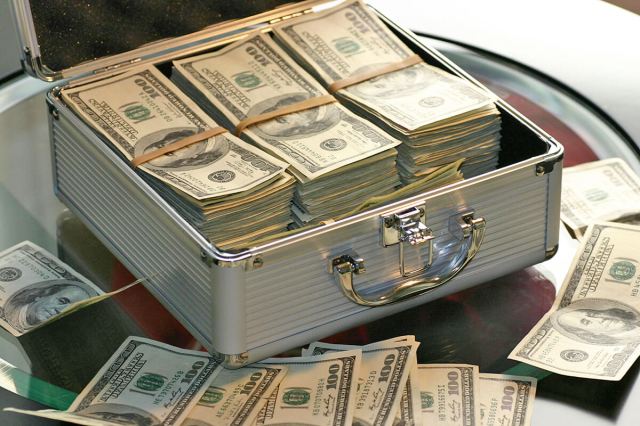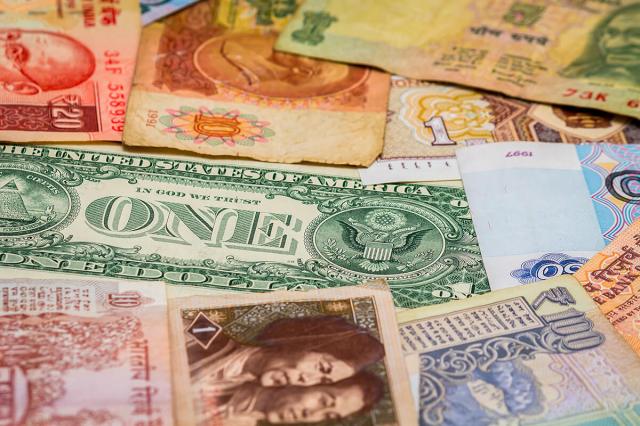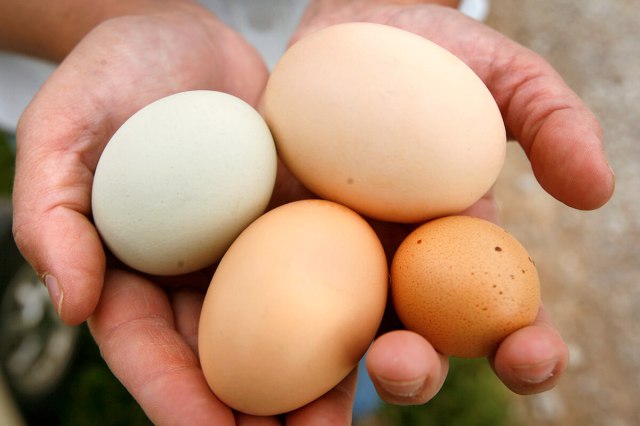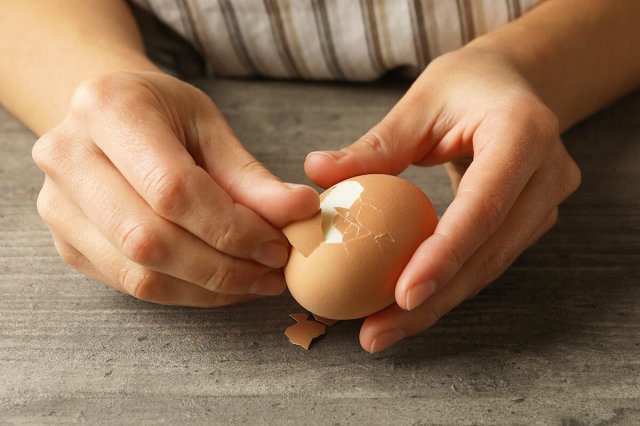Why Your Voice Sounds Different to You Than to Others
The first known recording of a human voice (a 10-second clip of someone singing the French folk song “Au Clair de la Lune”) was captured on April 9, 1860, using a device called a phonautograph. Until that point, people remained blissfully unaware of what their voices sounded like to other people.
Fast forward from phonautographs to smartphones, and we can now obsess over how our recorded voice just sounds off. Yet audio recordings are more reflective of your real speaking voice than the voice you hear in your head. Let’s get into why there’s a difference between the two sounds and why many of us cringe when we hear what our voice sounds like to others.

It All Starts With the Ossicles
The smallest bones in the human body, the ossicles, transmit sound to the inner ear. The cochlea, a kind of spiral-shaped organ, then transforms this vibration into electrical impulses using 25,000 auditory nerves that send a signal through the auditory nerve to the brain. This entire process is known as auditory transduction, and it all occurs within just a few milliseconds.
The ear achieves transduction through two means: bone conduction (movement of ossicles) and air conduction (movement of air outside the ear). When a person speaks, the ear uses both those methods to make sense of the sound. But because your mouth is close to your ear, the ossicles vibrate more, distorting your voice to a lower pitch inside your head and giving you a “false sense of bass,” according to the BBC. Audio recordings, on the other hand, directly convert sound waves into digital data, so they capture your voice exactly as it sounds to others. This explains why your voice is usually a slightly higher pitch than what you’re used to hearing in your head.

Why You Might Not Like Your “Real” Voice
This difference in sound often makes people dislike their recorded voice, and studies suggest that auditory “ick” has a psychological component as well. Because voices are central to self-identity, hearing the higher, thinner sound (less full and rich due to the lack of aforementioned “bass”) compared to your internal perception of your voice can be exceptionally jarring. However, a series of studies have found we’re particularly biased in assessing the quality of our recorded voice.
A 2005 study, for example, asked patients to rate their voice quality before asking clinicians to rate those same voices. Overwhelmingly, the patients rated their own voices more negatively compared to the clinicians. And in another study in 2013, participants were asked to rate the attractiveness of an array of different voices, with their own voice secretly included in the mix. People rated their voices significantly higher in quality when they were unaware the voice was their own.

You Have Many Kinds of Voices
Throughout life, your voice changes. The most dramatic example of this is during puberty; as the larynx grows and moves down lower in the neck, vocal cords lengthen and thicken, and as a result, your voice deepens. However, this process continues as we age, as vocal cords become thinner and cartilage becomes less flexible. This makes women’s voices slightly lower and men’s voices slightly higher.
Your voice can also change depending who you’re talking to, a concept known as “speech accommodation.” For example, a 2017 study concluded that conversations where perceptions of social status are present, such as a manager speaking with a potential hire, can affect the pitch of someone’s person’s voice, and some experts even say people have a unique voice for every single relationship in their life, whether it’s their boss, their mother, or their best friend. Another concept known as “phonetic convergence” explains how people who spend a lot of time together begin to sound alike.
Even armed with the knowledge that your voice is a mutable rainbow of textures and tones, hearing it on a recording may still give you pause.Thankfully, some evidence suggests you can get used to your true voice through sheer exposure. Once you get over the shock of your thinner, higher voice, you may slowly learn to love it — or at least tolerate it.

Darren Orf lives in Portland, has a cat, and writes about all things science and climate. You can find his previous work at Popular Mechanics, Inverse, Gizmodo, and Paste, among others.
top picks from the Inbox Studio network
Interesting Facts is part of Inbox Studio, which publishes content that uplifts, informs, and inspires.







